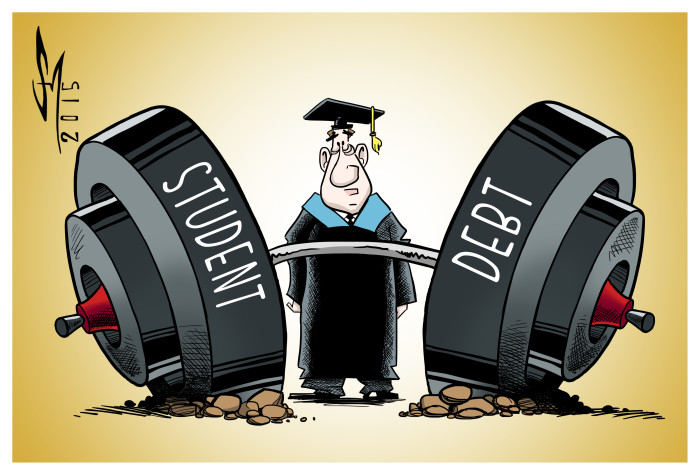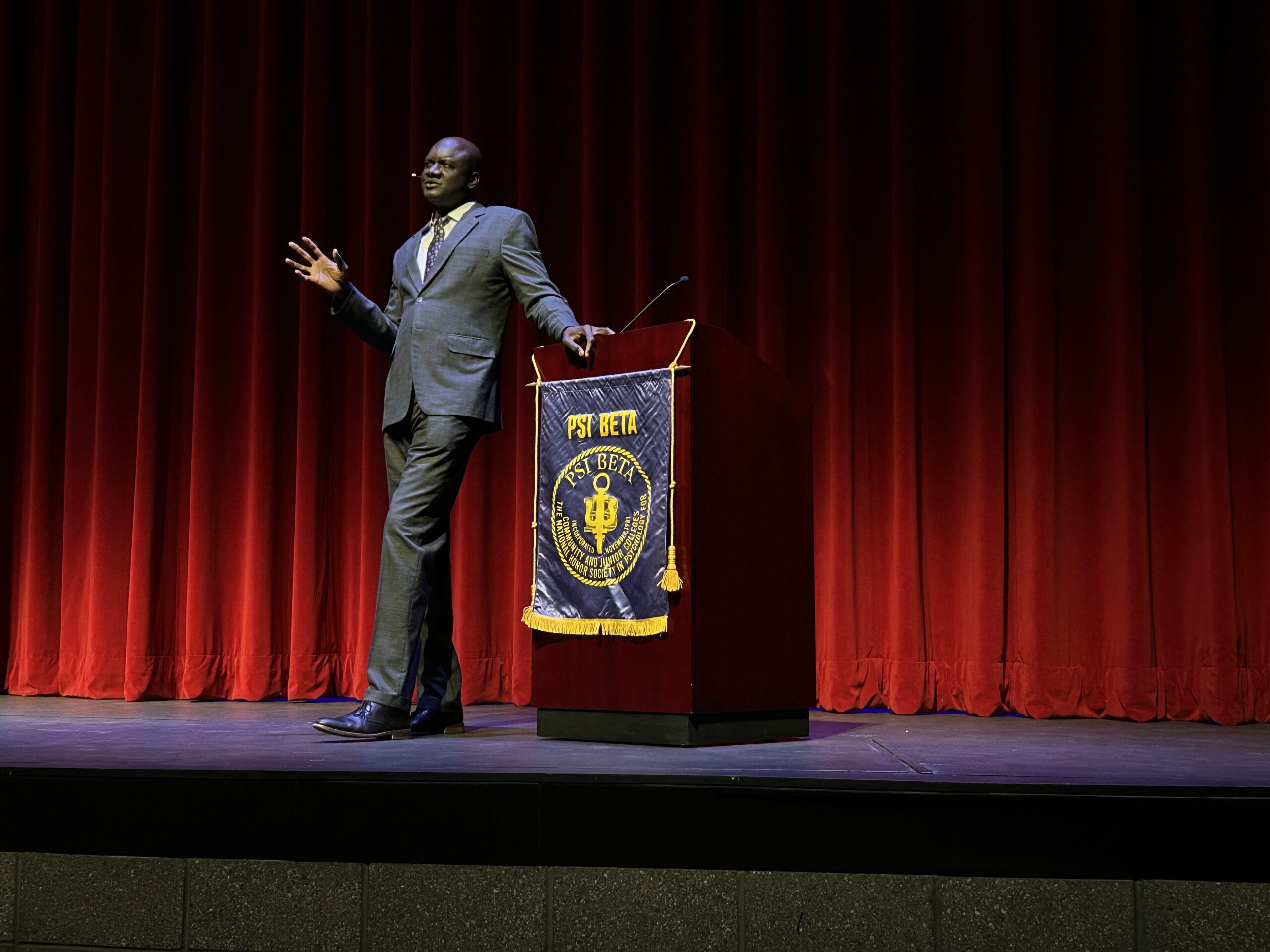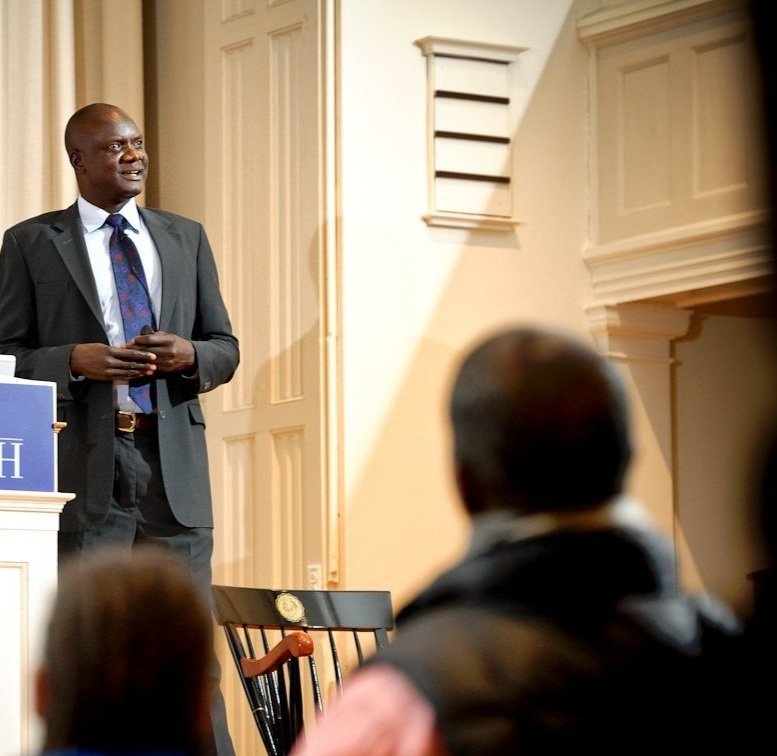Radical solutions proposed to combat student debt
Keith Whittemore
Mesa Legend

With over $1 trillion in outstanding student loan debt, it is clear to see why students, lenders, and politicians are scrambling for solutions. The past few years have seen a surge in potential ways to solve the problem, with some more radical ideas gaining significant momentum. For instance, in May 2015, Senator Elizabeth Warren collected over 240,000 signatures on a petition to cancel all federal student loan debt, and Vermont senator and presidential candidate Bernie Sanders has recently reaffirmed his intent to use a transaction tax on Wall Street to provide tuition-free public university.
There is no doubt that these and other proposals are appealing, especially to students. It is yet to be determined, however, if they will work. MCC economics professor Gregory Pratt thinks otherwise. The problem, he said, is incentives.“What are the incentives if you borrow money and there’s not a consequence for not paying it back?” Professor Harold Cranswick, also of the MCC economics department, agreed that forgiving all federal student debt was bad policy.
“I seriously doubt the possibility of anyone entertaining the thought of forgiving these debts,” he said. “What I think you’re more likely to see is the idea that students’ debt should be structured in a way that doesn’t so radically impact people’s lives.” One of these people is MCC student Patrick Morales, 22. “I’m sort of in the middle, where I’m not rich enough to write a check, but I’m not poor enough to get grants, so I have to get loans,” he said. “It really targets the middle class.”
A member of the Tempe Elementary school board, Morales expressed his support for free public university. “I see education as a right, not as a business. I’d be willing to pay a little bit more out of my paycheck to not worry about the $100,000 on my back.”
Pratt, however, said proposals offering free university tuition show a lack of economic understanding. “Nothing is free… What you really mean is ‘Somebody else is going to pay for my education’ ”. Cranswick also expressed concern over Sanders’s rhetoric. He agreed that it would not be free, and that someone would bear the cost. He went on to state that the discussion wouldn’t be about free tuition, but rather ways to reduce the direct debt impact on students, and the method of financing such an idea.
Pratt also said that government control of the university system would mean higher taxes and lower quality. “In economic terms, you’re going to increase the demand for that product,” he said. “The questions then emerge, ‘How are you going to meet the increase in demand?’ And ‘What will be the resulting quality of that education?’” In considering solutions, Pratt and Cranswick part ways. Citing artificially low interest rates as a cause of ballooning costs, Pratt preferred a more free market approach.
“If we removed all subsidies for education and allowed the market to set interest rates, the cost of education might very well go way down,” he said. Cranswick disagreed, claiming that a combination of lower student loan interest rates could relieve some of the burden of indebted graduates. “I think there is a growing concern over the fact that large financial institutions can borrow money at ridiculously low interest rates to make a huge profit, but students are forced to pay higher interest rates for investing in their futures,” he said.
Cranswick also discussed other possibilities, including forgiving some student debt on the basis of employment in rural or low-income areas. “We probably need to bring together a variety of ideas and brainstorm about more possibilities,” he said. “We just have to do it in a way that keeps lenders from being negatively affected.









